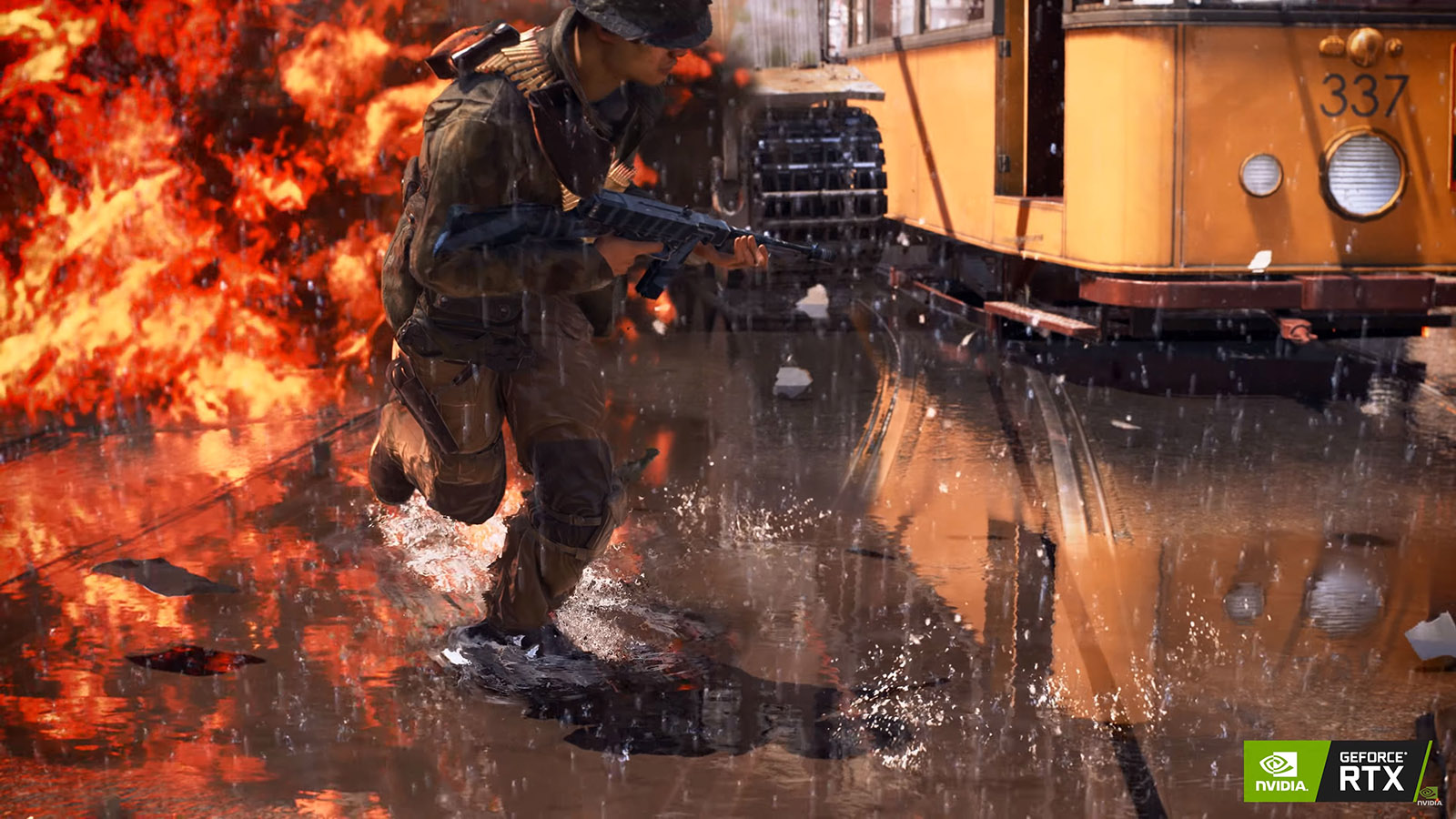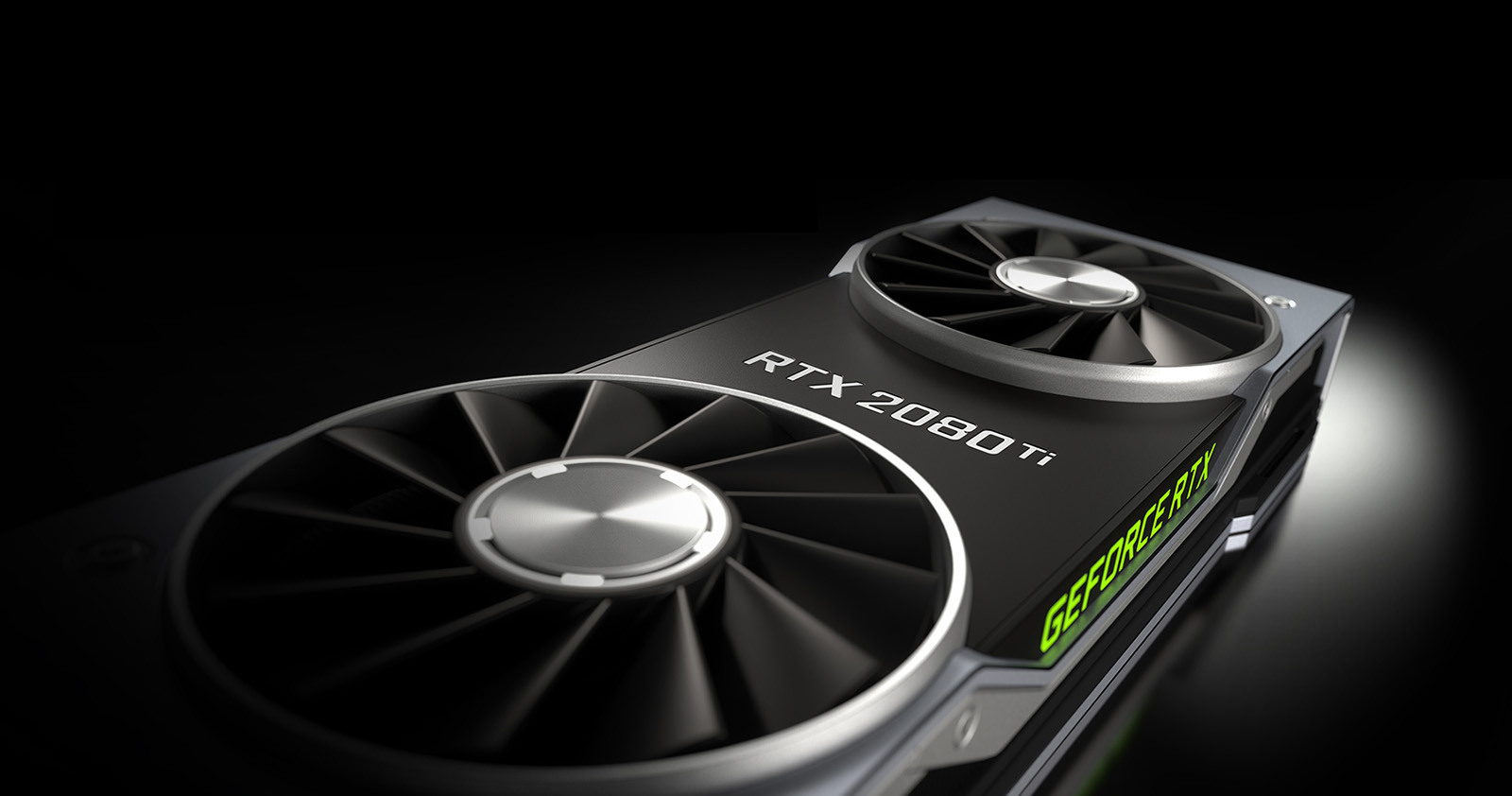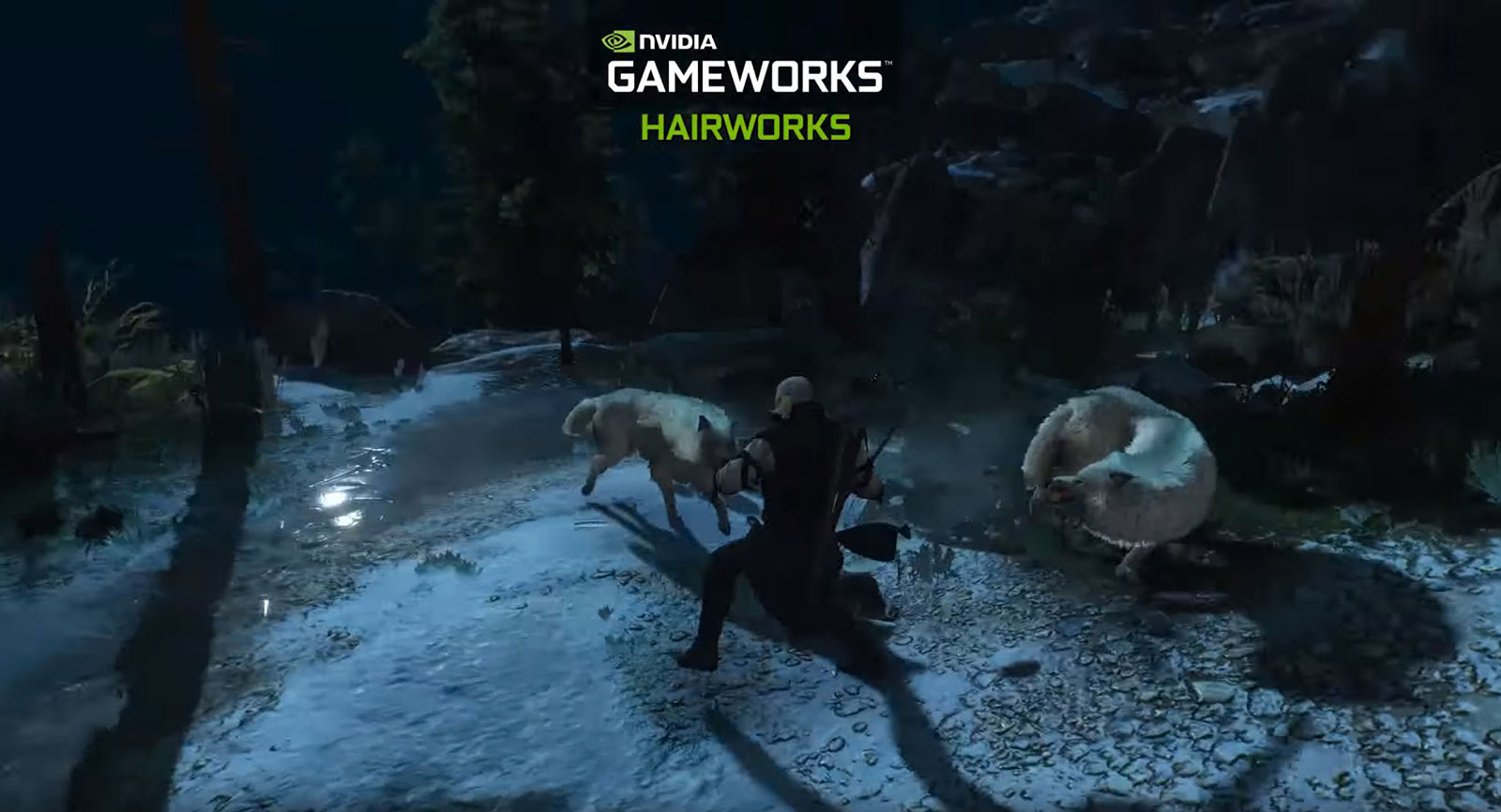Technology - Google News |
- Bugatti Divo is a hypercar made for corners, not for mortals
- Grado goes wireless with GW100 Bluetooth headphones
- NVIDIA's RTX speed claims fall short without game support
| Bugatti Divo is a hypercar made for corners, not for mortals Posted: 24 Aug 2018 11:30 AM PDT  It's hard to imagine a situation in which anyone would look at a Bugatti Chiron and say that it needed more performance, but clearly that's just what someone did, because Bugatti went and built the Divo. What is the Divo, apart from a 'roided out 1,500-horsepower, $5.78 million hypercar that you can't even buy because it's sold out already? Well, while the Chiron was envisioned as the world's greatest grand touring vehicle, the Divo is meant to devour twisty roads with wild abandon. But what did Bugatti do to make that happen? The Bugatti kicks all of the Chiron's elegance to the curb and replaces it with hardcore aerodynamics. BugattiTo start with, it changed the car's aerodynamics package to increase downforce by 198 pounds, while reducing overall vehicle weight by 77 pounds. This, coupled with fancy new tuning for its electronic dampers allow it to corner with lateral acceleration of 1.6g. Those aero changes do have a negative effect on the Divo's top speed though, which is now limited to just 236 miles per hour, down from the Chiron's electronically limited max of 261 mph. "When I took up my position at Bugatti at the beginning of the year, I soon learnt that our customers and fans were waiting for a special vehicle which would tell a further story for the brand in addition to the Chiron," said Stephan Winkelmann, president of Bugatti Automobiles S.A.S. "The Bugatti team was also very eager to implement a project like this." Bugatti claims that the Divo is a full 8 seconds faster than the Chiron around the Nardo handling circuit -- no mean feat, given the caliber of car we're talking about here. Though Bugatti isn't specific about which Chiron it took there, the standard car or the ludicrously named Chiron Sport. The Bugatti Divo's interior is nothing if not driver-focused. Bugatti"To date, a modern Bugatti has represented a perfect balance between high performance, straight-line dynamics and luxurious comfort. Within the possibilities, we have shifted the balance in the case of the Divo further towards lateral acceleration, agility and cornering," Winkelmann added. "The Divo is made for corners." The interior of the Divo is a definite departure from the more staid luxury of the Chiron. Where the Chiron is all soft leather and beautifully machined metal, the Divo is brightly colored Alcantara on the driver's side and gray-black Alcantara on the passenger side, leaving little doubt as to who this car is meant for. The crazy people in Molsheim behind the Divo have decided to build just 40 examples of the car, all of which are apparently sold out. Like all modern Bugattis, the Divo bears the name of a respected racing driver. This time it is that of Albert Divo, two-time winner of the grueling Targa Florio race in Italy in a Bugatti Type 35. With such limited numbers being built, we wouldn't expect to see the Divo on the streets anytime soon. We'll do our best to get that hot-shoed, baritone-voiced Editor-In-Chief of ours behind the wheel once it actually goes into production. |
| Grado goes wireless with GW100 Bluetooth headphones Posted: 25 Aug 2018 05:46 AM PDT Grado Labs is a boutique brand that has been building headphones by hand in Brooklyn, New York for over 60 years. They make a few select number of models with an open-air design, and they are adored by audiophiles for their quality. But now Grado has made a surprising shift to keep up with the biggest modern headphone trend: they’ve just revealed their first wireless Bluetooth headphones, the GW100. Fans of the brand don’t need to worry that elimination of the wire means a reduction in Grado’s focus on quality and design. The GW100 features the same open-air design, retro-inspired look, and Grado’s own audio drivers. “We took our time and made no compromises in the GW100. Nothing is lost except the wires,” the company boasts. The specs released so far include that the GW100 features Bluetooth 4.2 apt-X, a dynamic transducer, and a bundled 3.5mm audio cable for times when a wired connection is needed. Grado says the headphones will have a 15-hour battery life when used at a 50% volume level, while charging is handled via micro-USB cable.  There’s also a microphone built-in, so those pairing the Bluetooth headset with their smartphone can use it to make or accept phone calls. An exact release date or pricing hasn’t been revealed by Grado just yet, but the company’s official online store has the GW100 listed for $249, a surprising discount when most other models are priced from $500 to well over $1,000. SOURCE Grado Labs |
| NVIDIA's RTX speed claims fall short without game support Posted: 25 Aug 2018 06:15 AM PDT At its big RTX event at Gamescom, NVIDIA made some bold claims about its new Turing RTX cards. First and foremost was that the GeForce RTX 2080 offered performance "six times faster" than current 1000-series Pascal-based GTX cards. That's in large part because of new ray-tracing tech that helps the GPUs calculate complex game lighting much more quickly. "This is a new computing model, so there's a new way to think about performance," said CEO Jensen Huang. The new GeForce RTX 2080 Ti, 2080 and 2070 cards are quicker than ever, but the increase is not nearly as dramatic as the "six times" claim. At this point, we're at a 30 to 40 percent boost, not 600. For NVIDIA's claims to come true, game and app developers must first adopt the RTX ray-tracing and deep learning tech. And as we saw before with GameWorks (remember that?), that's far from a foregone conclusion. Until then, you might want to wait for benchmarks and reviews to see how they work with current games. The math
NVIDIA gave us the main specs for GeForce RTX 2080 Ti, but omitted a few key figures. We know that the $1,199 Founder's Edition version has 11GB of DDR6 14Gbps memory, that it runs at a boosted speed of 1635 Mhz and has 4352 Cuda cores. NVIDIA didn't give us the key teraflops (TFLOPs) figure, but we calculate it as 4,352 (x2) shaders x 1,635 boost clock = 14,231,040 or 14.2 TFLOPs. That compares to 11.3 TFLOPs for the GTX 1080 Ti, and 12.15 TFLOPs for the Titan XP. So the RTX 2080 Ti provides a good 17 percent boost over the Titan XP, currently the fastest gaming card in the world, and 26 percent over its contemporary, the GTX 1080 Ti. However, keep in mind that the 2080 has lower base GPU clock speeds than the GTX 1080, and we have no information yet on its overclocking potential. That's not taking into account the 23 percent boost in the GDDR6 memory speed (14 Gbps for the 2080 Ti compared to 11.2 Gbps for the 1080 Ti), which will have a big impact on real-world performance. For instance, when the GTX 1070 arrived, it had slightly less raw power than the GTX 980, but edged it with superior bandwidth, memory speeds and architecture. It's worrying, though, that fill rates on the GTX 1080 Ti might actually be down because of lower GPU clock speeds. At a Gamescom press briefing, NVIDIA claimed a 30 to 40 percent performance boost, but we've yet to see independent tests to back that up. Ray-tracingNVIDIA CEO Jensen Huang spent a long time (about an hour) during his Gamescom keynote talking about the Turing and Tensor tech embedded in RTX. The ray-tracing and neural network compute units have a lot more power for specific tasks than previous GPUs, allowing for much faster processing and more realistic graphics. Right now, your GPU largely renders games using rasterization. It's generally very efficient, as it only renders visible objects, ignoring anything hidden. Tricks developed over the last couple of decades, like pixel shaders and shadow maps, further improve the realism. However, rasterization isn't photorealistic because physics doesn't work that way. It has trouble with ambient occlusion (how much ambient light strikes different parts of objects), caustics (light bouncing off translucent or transparent objects) and shadows generated by multiple light sources and objects, among other problems.  That's where ray-tracing comes in. Light rays are projected from the pixels or light source, depending on the algorithm, then bounce around the scene until they hit the camera or light source. This is exactly how we see things -- photons bounce off and through objects, have their wavelengths changed, and eventually hit our eyes. As we explained earlier this year, dedicated ray-tracers render VFX scenes realistically enough to be inserted into live-action movies. However, all these photons bouncing around saturate your GPU pretty quickly. Ray-tracing is fine for movie post-production facilities, which have hundreds of servers to render things. It's not ideal for games, though, where limited hardware must render a frame in 1/60th of a second. That's where NVIDIA's RTX comes in, as it can execute ray-tracing computations with far greater speed than ever before. Ray-tracing will not take over how your games render graphics anytime soon. Doing full ray-traced rendering is still well beyond any graphics card, even NVIDIA's $10,000 Quadro RTX 8000. Mostly, they'll be used alongside existing raster engines to enhance certain effects, like reflections and shadows. Giga rays and RTX-OPSTo put a number to these new specialised cores, NVIDIA is now emphasizing giga rays and RTX-OPS. While the GeForce GTX 1080 Ti puts out a mere 1.21 giga rays per second, Turing GPUs can power through 10 giga rays per second -- up to eight times quicker. Meanwhile, using a hybrid measurement that combines ray-tracing and floating point operations, the Turing-powered GTR 2080 Ti can handle 78 RTX-OPS compared to 12 RTX-OPS for the 1000-series Pascal generation. That's the six-fold increase we've seen trumpeted around the internet. Jensen Huang said that such progress "has simply never happened before; a supercomputer replaced by one GPU in one generation." The demos he showed off at Gamescom, especially Project Sol (above) that showed robots and an Iron Man-like suit, were the most impressive real-time ray-tracing videos we've ever seen, considering they ran on a single GPU (the $6,300 Quadro RTX 6000). Demos versus the real worldHowever, don't expect games to look instantly better with RTX cards. To see any benefit beyond the theoretical 30 to 40 percent boost, games will need to be designed specifically to take advantage of ray-tracing. None are available at the moment, and just two that we know of are coming down the pipe -- Battlefield V and Shadow of the Tomb Raider. NVIDIA's RTX does use Microsoft's new DirectX feature called DXR, also supported by AMD via its Radeon Rays feature. And Microsoft has said that DXR will work just fine on current-generation and older graphics cards. However, NVIDIA has strongly implied that it won't be very useful without its next-gen cards and that past models, even the GTX 1080 Ti, will do the operations too slowly. NVIDIA also said that its DLSS AI feature will boost game speeds by up to two times. To do that, the RTX tensor cores will take over anti-aliasing (AA) that normally consumes a lot of GPU cycles and memory resources. DLSS is a specific NVIDIA function that will have to be coded game-by-game, but NVIDIA will do it for free if developers send them the code. GameWorks and the graveyard of lost GPU tech
There has been a lot of hype over GPU tech that never panned out as it was supposed to. Take AMD's Mantle and, most recently, GameWorks. Much of this tech didn't bring the promised gaming speed or quality improvements, yet the cards were sold in part on those features. Any game-improvement features are especially suspect if they're limited to one brand or another, as appears to be the case with NVIDIA's DLSS and some RTX functions. The reason is obvious. Game developers don't want to favor one GPU platform over another, as it stretches their already-thin resources and often results in bad press and unhappy buyers if it doesn't deliver. For instance, NVIDIA introduced GameWorks middleware to help developers create better hair, fur, physics and other effects. However, the features were optimized for NVIDIA cards, and running them on an AMD GPU often lead to bad or unpredictable performance -- and GameWorks proved to be problematic even on NVIDIA's own cards. NVIDIA brought it up during the RTX launch earlier this year, but we haven't heard much about GameWorks for the RTX 2000-series cards. Spend or wait?Buying into a new graphics system based on unproven tech, especially something as complex as ray-tracing, is a pretty big risk. It doesn't help that the new RTX 2080 Ti card is expensive and power-hungry, and doesn't offer amazing speed improvements on paper. It might indeed have a superior architecture that overcomes the specs, but it's worrying that NVIDIA spent so much time describing the ray-tracing tech and very little showing how it improves games you can play right now. It'll be great if RTX ray-tracing and AI improves future games as promised, but given the two year or so hardware upgrade cycle, NVIDIA might have moved on to other things by the time they come along. All we've got to go on right now are the specs and NVIDIA's word about performance. Until testing and reviews make the picture clearer, you might want to wait and see how it all shakes out. Follow all the latest news live from Gamescom here! |
| You are subscribed to email updates from Technology - Google News. To stop receiving these emails, you may unsubscribe now. | Email delivery powered by Google |
| Google, 1600 Amphitheatre Parkway, Mountain View, CA 94043, United States | |


This post have 0 komentar
EmoticonEmoticon